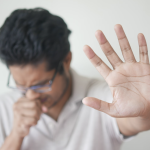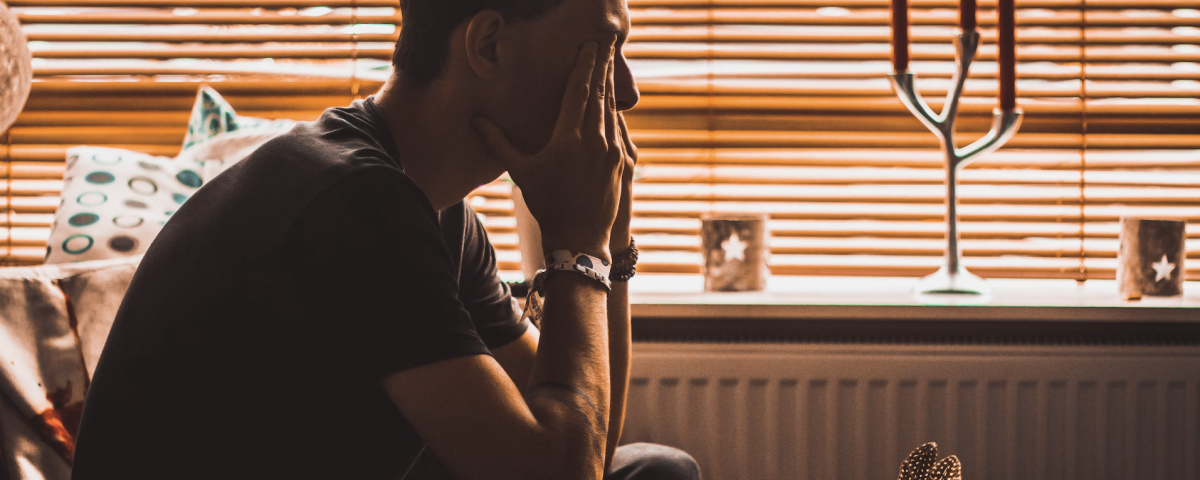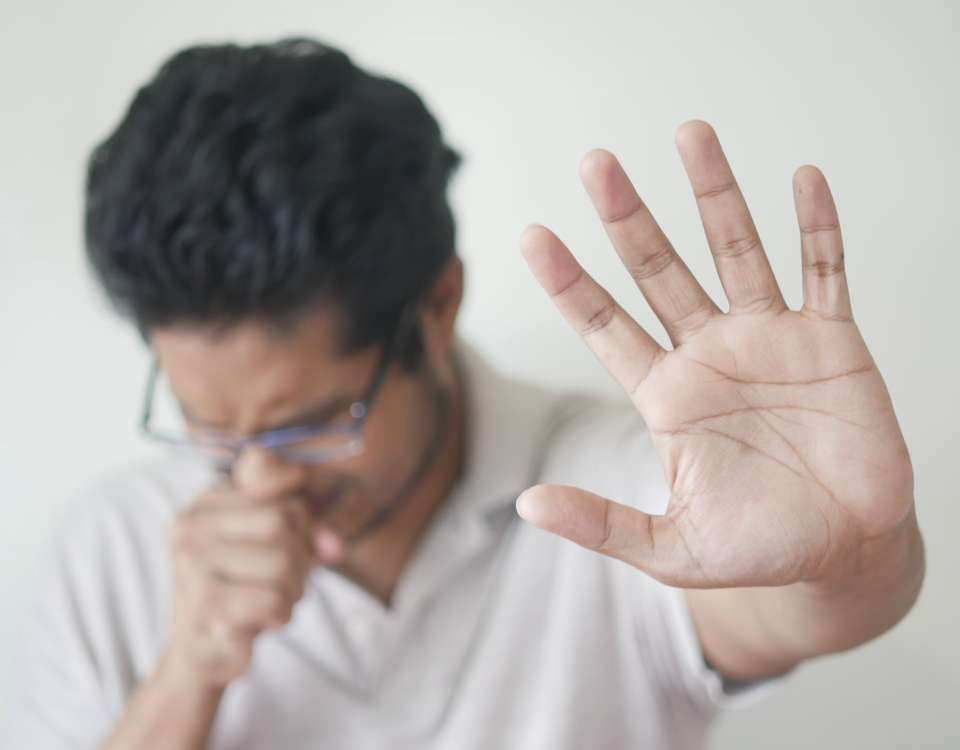
Staying Healthy in Back to School Season
October 10, 2023
Heartburn: What it is, and how to prevent it
December 13, 2023This past Sunday, most Americans gained an hour with Daylight Saving Time coming into effect. Officially enacted in 1966 in the United States, though previously practiced during the First World War to save fuel, Daylight Saving Time is primarily used to get the most out of daylight and in turn, save energy.
In theory, Daylight Saving sounds like a great way to make the most out of gloomy winter days. However, scientists and doctors have found increases in mental health issues during the colder months, including a condition called Seasonal Affective Disorder (SAD).
What is SAD?
Seasonal Affective Disorder (SAD) is a depression caused by seasons changing. People may experience a variety of symptoms such as anxiety, lack of energy, getting too much sleep, feelings of depression, suicidal thoughts, increased appetite, and physical issues such as headaches.
What causes Seasonal Affective Disorder?
As the days are shorter in the winter, this may cause a chemical change in the brain. In the past, researchers have found that natural light can have significant effects on mental health. In one study published in the Journal of Affective Disorders, researchers found that “each additional hour spent outside in natural light was linked to a corresponding decrease in the risk of developing long-term depression”.
Further, melatonin production is positively correlated with increased symptoms with Seasonal Affective Disorder. Melatonin, also known as the “sleep hormone”, helps regulate sleep; however, in the darker months, overproduction of melatonin may lead to oversleeping. Adults should sleep 7-9 hours per night, childreeen 3-5 need 10-13 hours per night, teenagers need 8-10 hours per night, and the elderly should be getting 7-9 hours of sleep per night. Getting the right amount of sleep is an extremely important factor in one’s health.
How can SAD be treated?
There are many different ways that one can treat Seasonal Affective Disorder to alleviate symptoms of depression. One way is through light therapy. One should discuss light therapy with a medical professional before starting treatment, especially if you have bipolar disorder or eye issues such as glaucoma, but experiencing “natural” sunlight for the first hour of the day after you wake up may be beneficial to you. Things such as sunrise alarm clocks have been found to help with symptoms of SAD by mimicking natural light when you wake up.
Other things, such as eating well-rounded meals and finding movement and exercise you enjoy are found to have helped people in coping with their Seasonal Affective Disorder. If you are experiencing mild to severe symptoms of SAD, you should contact a licensed physician on the Direct2Care application, available to download in the Apple App Store or on Google Play.
Direct2Care physicians are able to help you with a wide variety of health issues, both physical and mental. Do not be afraid to ask for help! Direct2Care is here for you.


